Calming Hands-On Classroom Activities
Hands-On Teaching Activities When You Need A Calm Classroom
Calming Activities for the Classroom: The After Lunch Energy Slump
After a long morning afternoons can be challenging for young children and those with special needs. I distinctly remember the stress of trying to stay awake in maths after lunch. Tiredness and stress have built up, technically called Postprandial somnolence(!). Students struggle to remain engaged in meaningful learning activities as energy and attention wane. This may present as lethargy for some and hyperactivity for others. Tolerance for behaviour triggers may be reduced. This is especially true for children who have sleep issues. Hands-on activities provide an ideal solution. This article is written for SEN and EYFS/primary classes.
The Benefits of Calm Learning Activities
Hands-on activities offer an engaging way for students to explore new concepts in a calming environment. They provide an opportunity to be creative in a low demand setting. There are plenty of ways to link hands-on activities to specific learning intentions. They can also act as a:
- A structured outlet for sensory/physical needs including dyspraxia.
- Visual, auditory and tactile stimulation
- Opportunities to develop fine/gross motor, problem-solving and social skills
- A fun, interactive way to learn that feels less like “work”
- Opportunities for exploratory play
Simple Calming Hands-On Classroom Activities
Imagination and Creativity: Playdough
Using playdough satisfies tactile needs while building fine motor skills. It is a great calming sensory activity for the classroom. Students can sculpt, count, learn shapes/colours and more. The textural stimulation helps students relax and focus. This is backed by research, I have written more about the educational benefits of playing with dough.
Sensory Play: Kinetic Sand, Water Beads
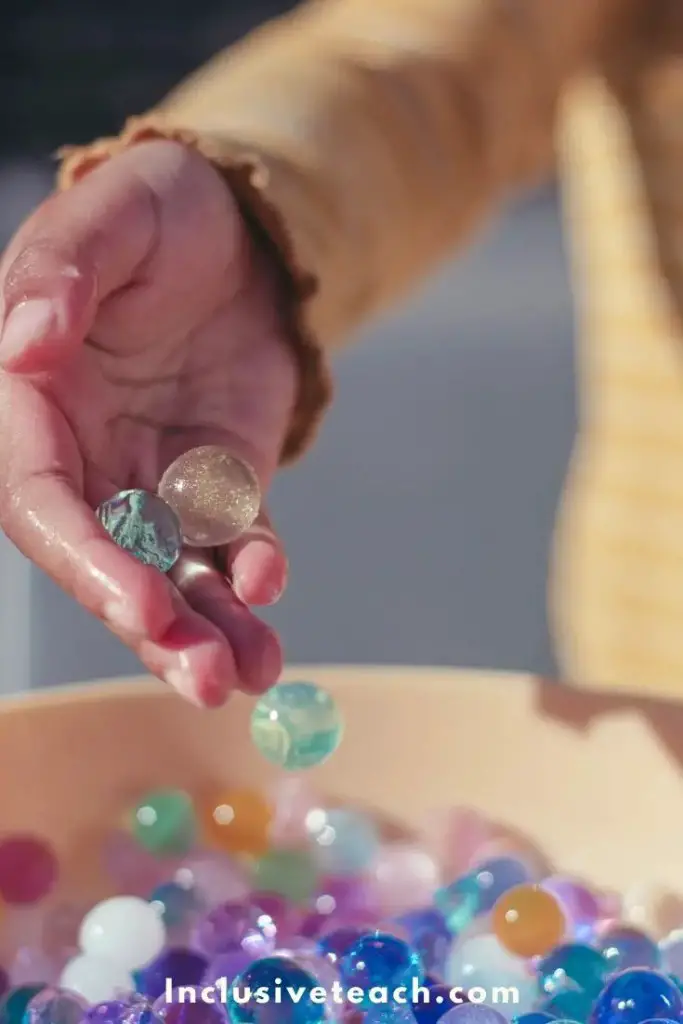
Like playdough, kinetic sand provides tactile stimulation. Students practice skills like measuring, counting and shape recognition through moulding and playing with the sand. This can be quite expensive to buy but relatively easy to make for yourself
Homemade Kinetic Sand Recipe
Making your own kinetic sand at home is a fun, hands-on activity that both children and adults will enjoy. Try this simple recipe:
Ingredients:
- 2 cups all-purpose flour
- 1⁄2 cup salt
- 1 tbsp vegetable oil
Instructions:
- In a medium bowl, mix together the flour and salt. Stir to combine.
- Add the vegetable oil a little at a time and knead it into the dry ingredients using your hands. Continue kneading until a play dough-like consistency forms. You may need to add a bit more oil if the mixture remains crumbly.
- Knead the mixture vigorously for 5-7 minutes. The more you knead, the smoother the texture will become. You want it to become silky but still hold its shape.
- Store in an airtight container when not in use. For longer storage, you can also place the kinetic sand in a resealable plastic bag.
- Have fun! Squeeze, pull apart and mold the kinetic sand. Roll it into snakes or balls. The long kneading process makes it smooth and silky to touch like a fine sand.
Tips: For different textures you can add a small amount of glitter or small plastic beads to the mixture. Always wash hands after playing to avoid getting grit in your eyes.
Literacy: Tactile Drawing
Drawing and writing in shaving cream, play dough, sand or with leaves and sticks provides a creative, screen-free outlet for students to practice fine motor control and letter formation. The novel texture engages senses to help focus. Set a task to write the title of a book using materials that reflect the topic i.e tissue paper seaweed for “Commotion in the Ocean”. You could also set a project to create small world based on the books out of toys and craft materials.
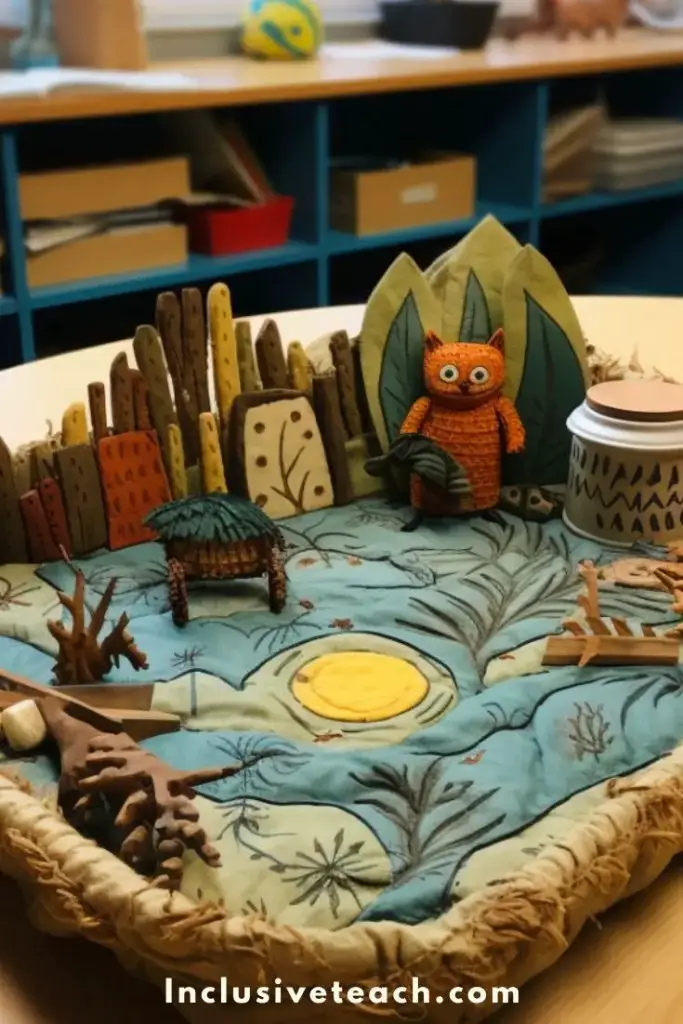
Structured Teaching: Task Boxes
Having implemented elements of the TEACCH approach in many of my classrooms I have seen the benefits of this approach and am surprised it hasn’t gained more traction in mainstream classrooms. Containing items like flashcards, counting manipulatives and puzzles, task boxes allow independent exploration and learning through play. The structured format helps students concentrate and provides lots of opportunity for calming classroom activities.
More Ideas for Hands on Activities to Build into Your Lesson Plans.
- Integrate hands-on activities in a tough tray at transition points when students need a change of pace, such as after completing a worksheet or listening activity.
- Plan hands-on experiments, models or demonstrations to engage students physically and reinforce concepts being taught. For example, building circuits for a science lesson.
- Include tactile exploration stations around the room related to current topics where students can visit periodically for a multi-sensory break.
- Incorporate manipulatives or interactive materials into direct instruction, such as using math shapes and patterns or letter/sound tiles during phonics.
- Use hands-on games and activities during review lessons, such as a matching game for vocabulary words or a sequencing activity for events in a story.
- Allow students to choose their preferred modality for presenting project work, such as a hands-on diorama, 3D model or map in addition to traditional posters or essays.
- Weave hands-on components into group or individual assignments, like working with play dough while retelling a story or sorting utensils during a life skills lesson.
- Plan field trips, outdoor lessons or in-class demonstrations that incorporate movement, experimentation and discovery-based learning.
- Consider hands-on assessments that reveal applying skills, like building with lego blocks to demonstrate spatial concepts.
The key is finding natural connections to curriculum plans and balancing them purposefully throughout active and less active planned learning activities.
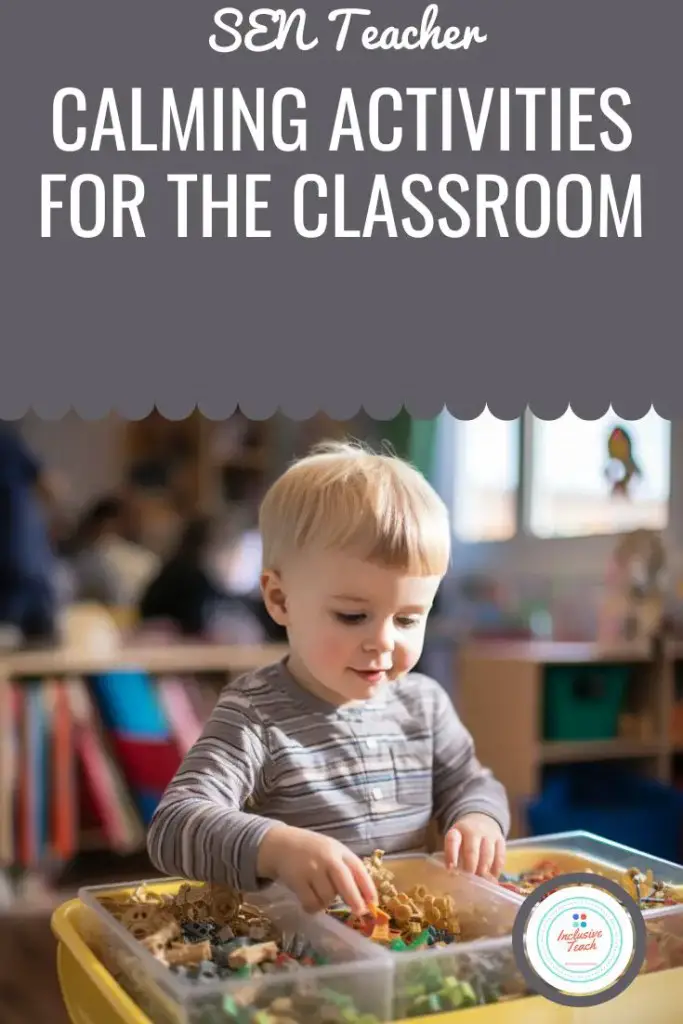
Conclusion
Hands-on activities present a win-win for afternoon learning in special education classrooms. These interactive learning experiences allow students to actively engage with the material, leading to better retention and understanding. By incorporating hands-on elements into lessons, teachers can create a calmer and more focused learning environment that promotes both academic and social-emotional growth.
Furthermore, hands-on activities encourage active participation and collaboration among students. Instead of passively listening to a lecture or completing worksheets, students are actively involved in the learning process. This not only helps to keep them engaged and motivated, but also promotes teamwork, problem-solving skills, and critical thinking. Through working together on hands-on projects or experiments, students learn how to communicate effectively, listen to others’ ideas, and compromise when necessary.
Apart from the academic benefits, hands-on calming activities for the classroom also provide an opportunity for students to develop important life skills. For instance, building models, conducting science experiments, or participating in art projects can enhance fine motor skills, hand-eye coordination, and spatial awareness. These skills are not only vital for academic success, but also for everyday tasks and future career opportunities.
In conclusion, incorporating hands-on activities into special education classrooms can greatly enhance the learning experience for students. By allowing them to actively engage with the material, fostering collaboration, and developing essential skills, hands-on learning promotes a nurturing and effective educational environment. So, let’s embrace the power of hands-on activities and empower our students to reach their full potential!
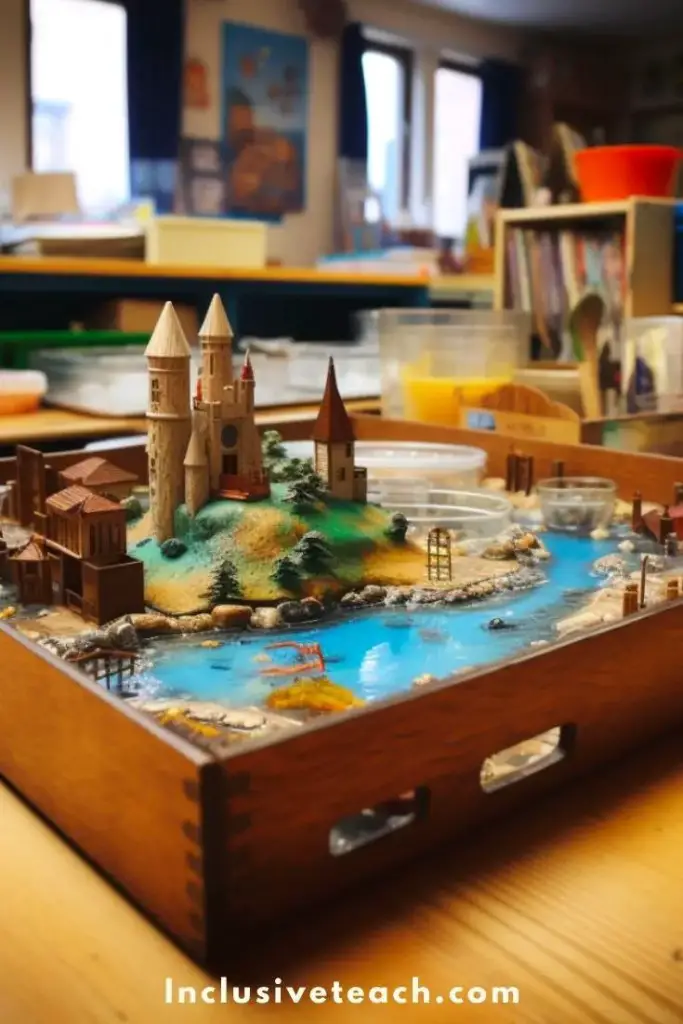


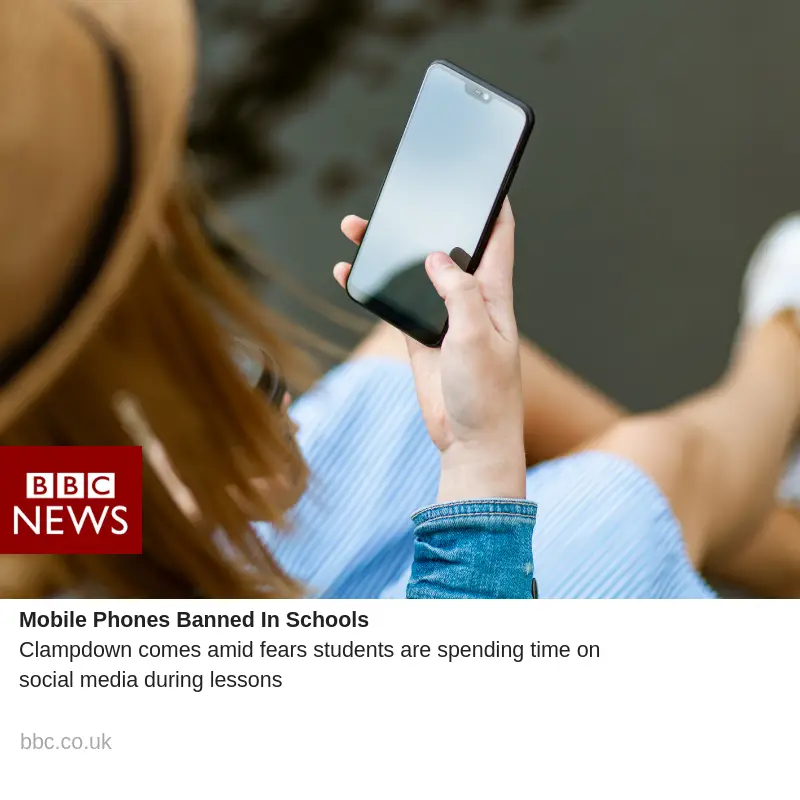
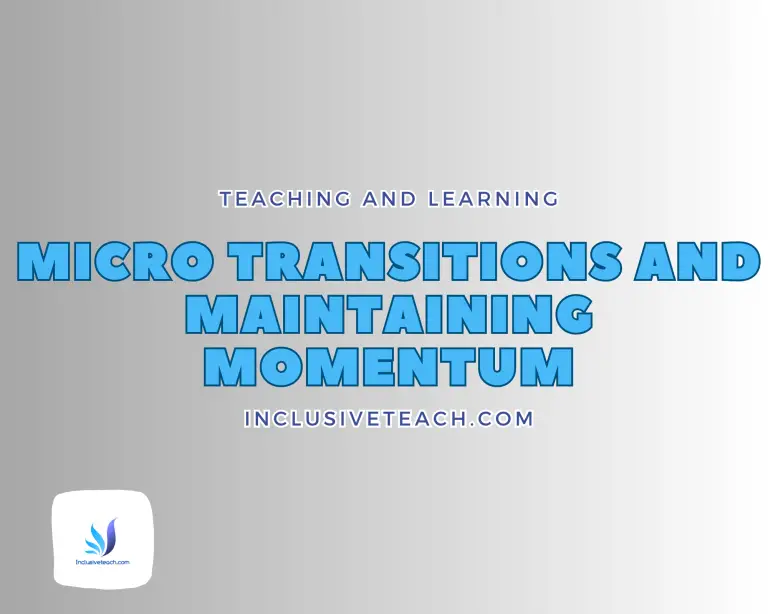
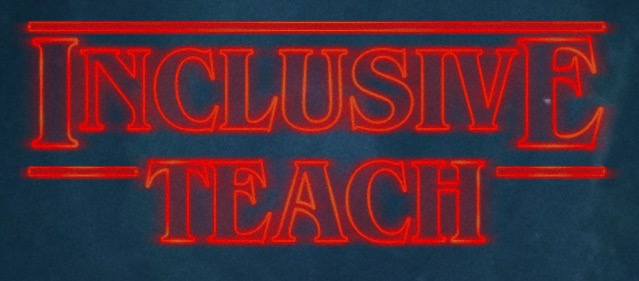
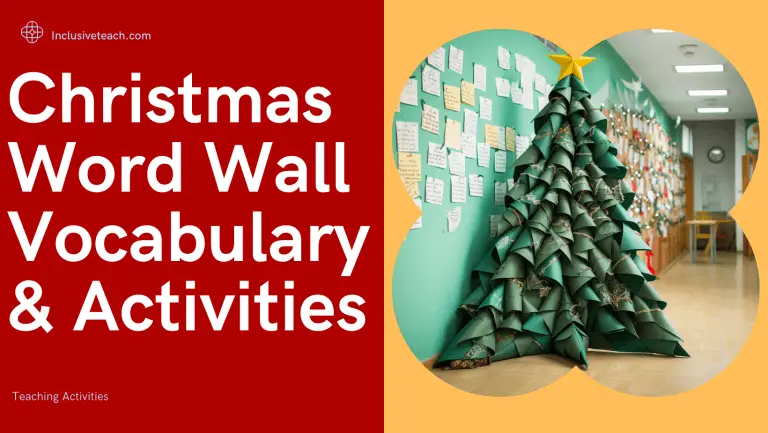
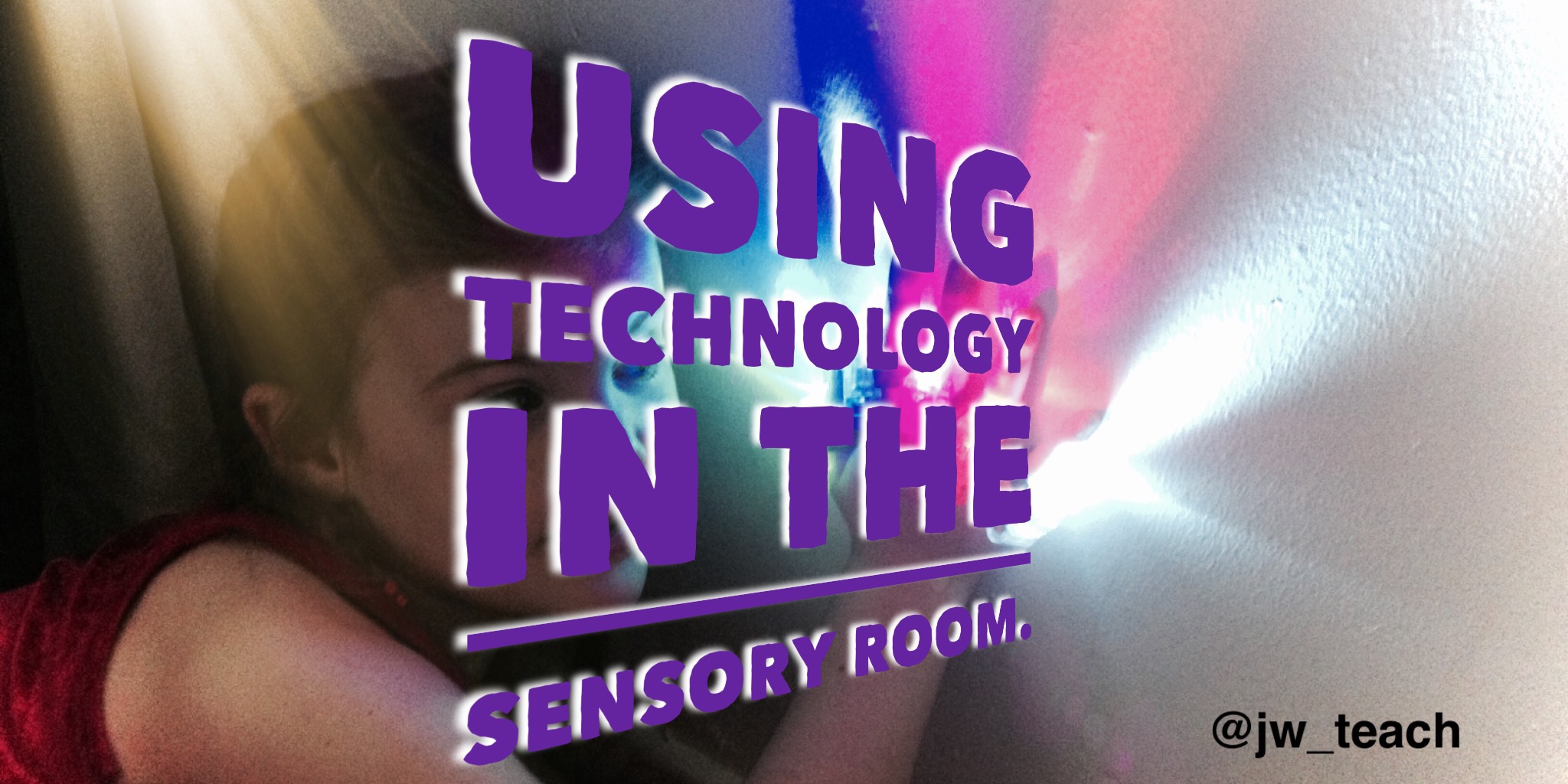
4 Comments